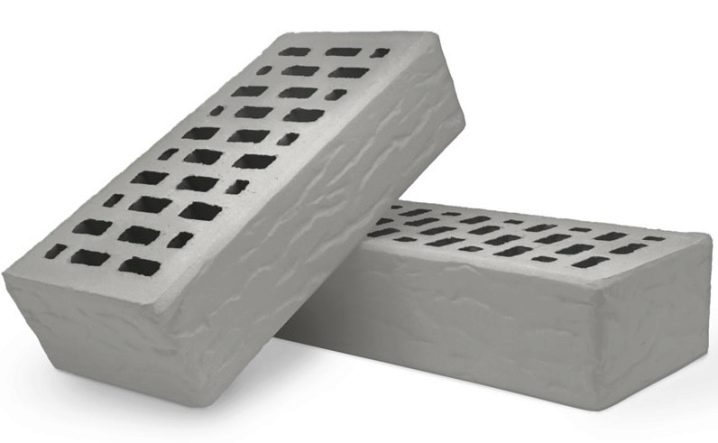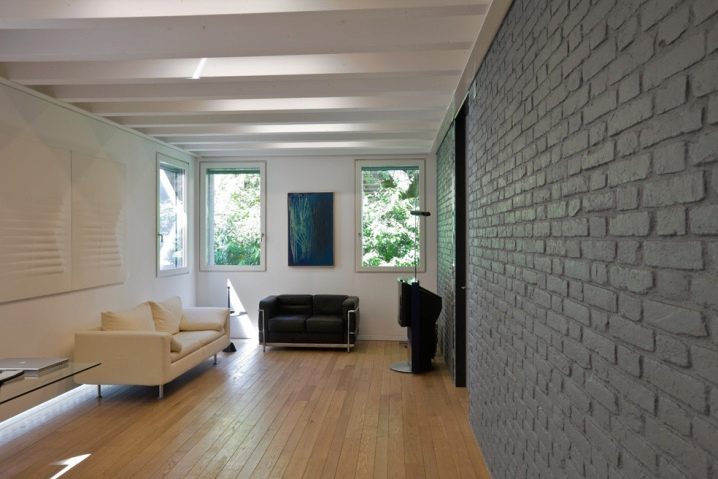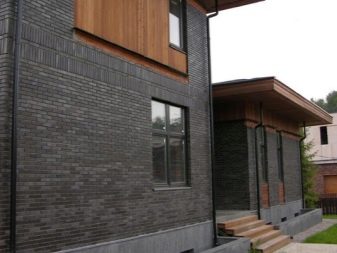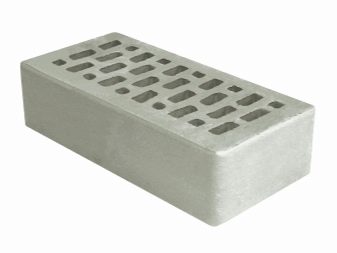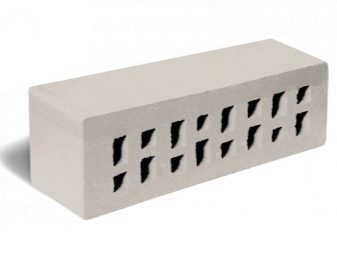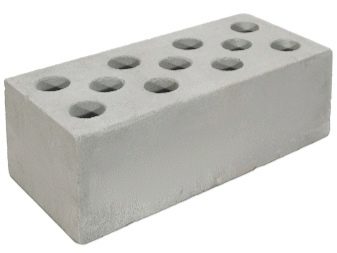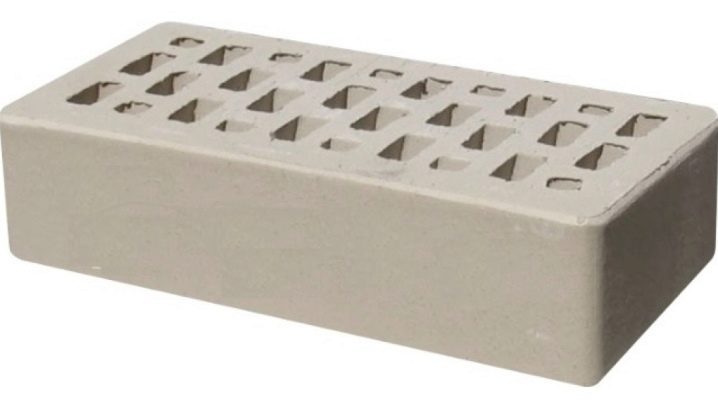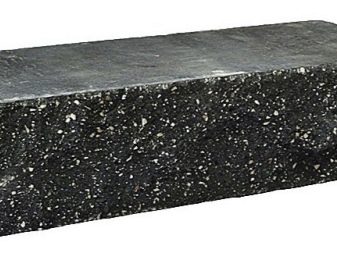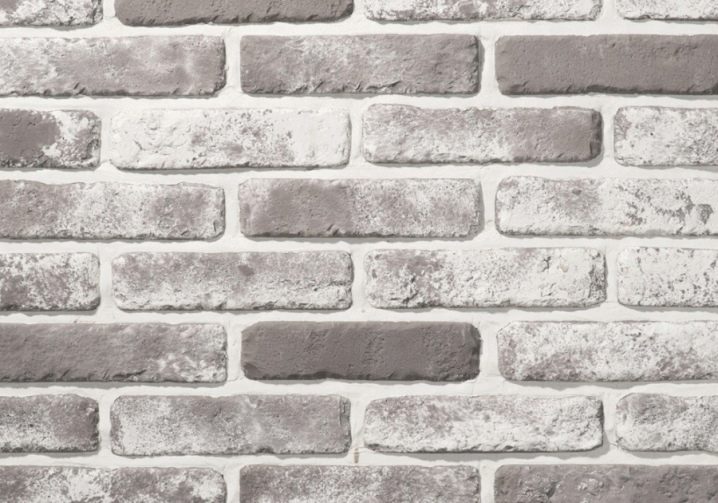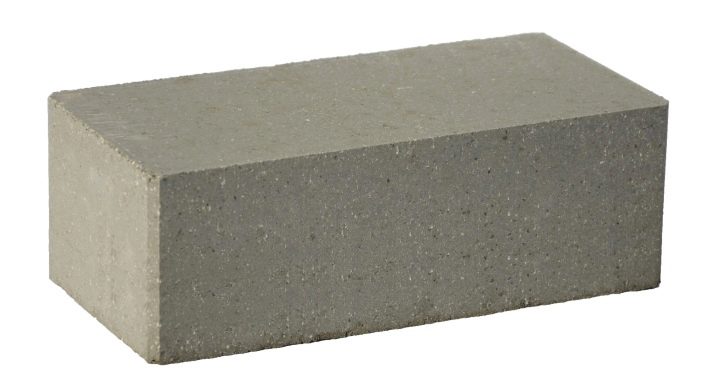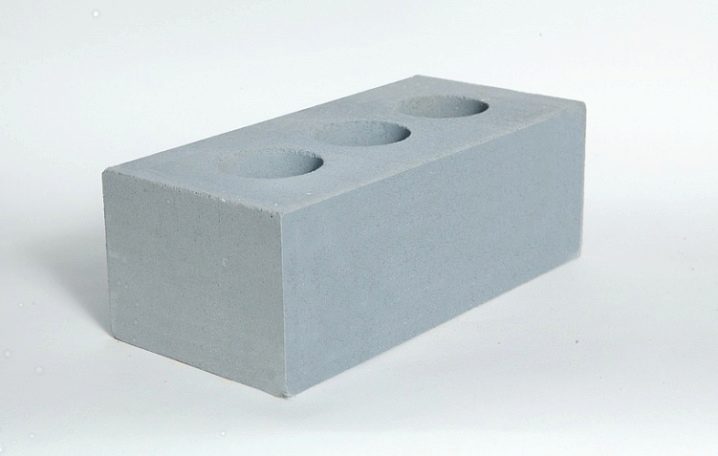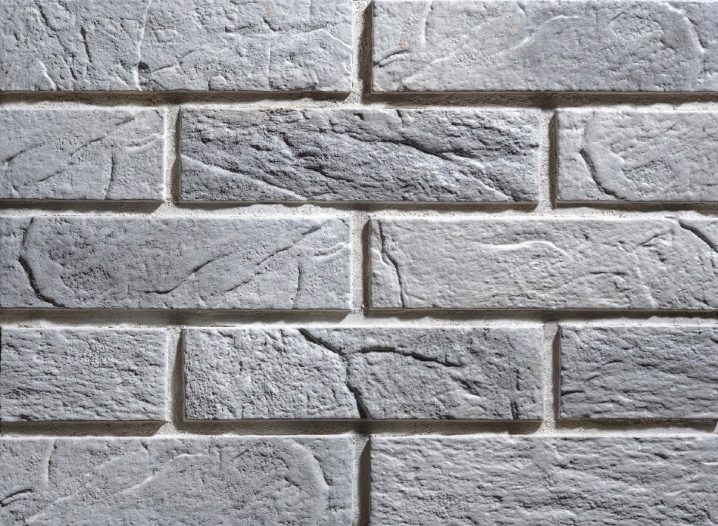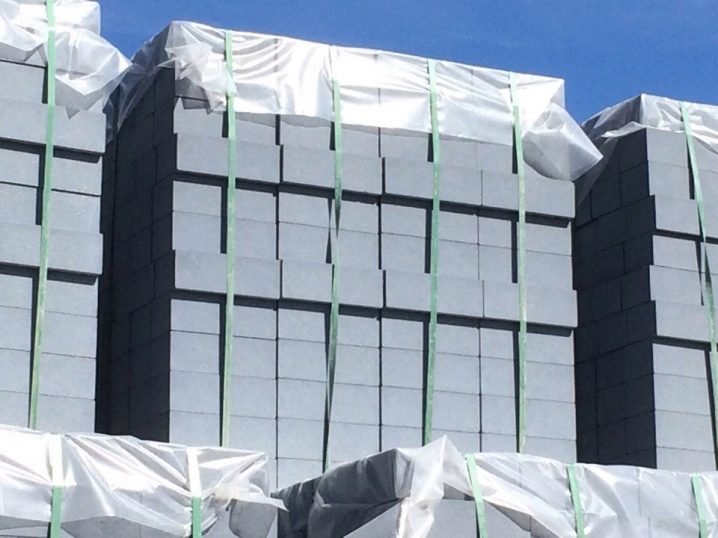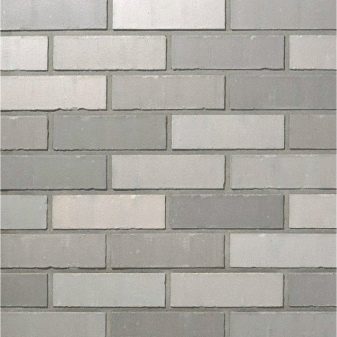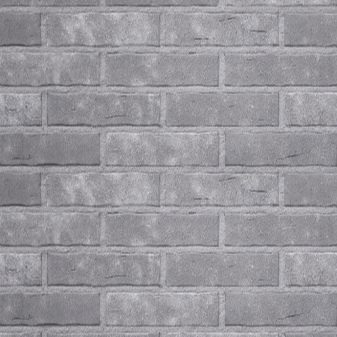Gray brick: features, types and scope
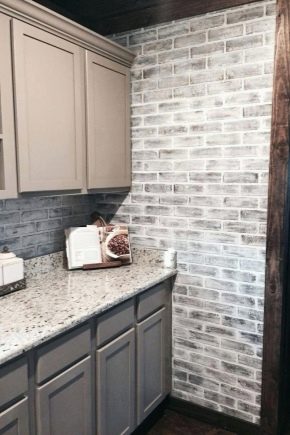
In the construction of buildings, the most important part is the material on which the building rests. For many years, people have preferred brick material, which has many types. Gray brick deserves special attention. Such an element is widely distributed in the facing of buildings, it is valued for its high strength and resistance to external factors.
Characteristics and scope
Brick is a dense building material in the form of a bar, used in the decoration of houses, villas, various kinds of baths. Such material has been known since the XV century. It is in the combination of such qualities as: water resistance, thermal insulation and mechanical strength - brick leads in all respects.
If we talk about practical application, the facing brick can be used as well as for covering the building, and to decorate the pavement in the form of tiles. It is actively used for the equipment of fireplaces, stoves, basements, interior decorations. The material is suitable for the restoration of old and dilapidated structures. A variety of colors and shapes of bricks give elegance to the interior.
Kinds
The basis of any building bricks are clay and cement. It is subdivided into a single, one and a half with a flat, patterned or double surface. Ease of processing allows you to create a different relief shape. In appearance gray brick is divided into the following types:
- with a smooth surface;
- rough, chipped surface, giving the effect of pure rock;
- deep projecting bark surface.
In the construction of facing bricks differs in categories. Its composition is different.
- Silicate, produced mostly from quartz sand with the addition of lime and ash.
- Extruded, obtained by high pressure as a result of a mixture of cement and small rocks.
- Ceramic,made according to the system of burning special clay and mineral additives.
- The clinker with special strength is made by sintering refractory clay.
To make a gray silicate brick, a special dye is added to its composition, then the whole mass is subjected to roasting at 200 degrees and high atmospheric pressure. It perfectly isolates sound and reduces the flow of heat, but does not tolerate moisture. It is the most suitable for lining the interior.
Ceramic gray brick depending on the components may be different shades. What will be its tone, decides the source material of the product. It all depends on the type of clay, the admixture of salts and oxides. The combination of these components gives a solid form in order to avoid rapid wear or mechanical damage. Such bars can be roasted at a temperature of a thousand degrees.
To paint ceramic facing brick, two technologies are applied. The first technology uses white burning or red clay. The latter will give the brick a darker color, and white clay will saturate the material with white, peach and yellow.In order to obtain a different shade, special coloring pigments are added during the cement kneading.
The method of making hyperpressed bricks is simple. To produce such a gray brick, the crushed limestone is compressed with a hydraulic press to such an extent that the pieces of material become one piece. Then the crushed material is associated with a solution of cement and water. All this is additionally colored with the help of coloring compositions. Then the already formed bars dry up to 20 hours in a special chamber.
Gray clinker brick very weakly absorbs moisture and confidently tolerates any weather conditions. It can be used for a very long time, maintaining integrity. A special type of clay is sintered at high temperatures, so a dark color for clinker is the norm. Produced mainly in hollow form. Depending on the final firing temperature, its future color is formed.
Clinker gray brick is a universal remedy. It can be used not only for interior and exterior decoration, but also for creating sidewalks, paths for transport, and playgrounds.
What is the difference between corpulent and hollow?
Full-bodied more durable in structure. They are used in buildings where very strong construction is required. They have a small minus, this is a high thermal conductivity and if you build a house on such material, you will need to insulate the walls.
Hollow gray brick is a more affordable option and by weight is much lighter. Heat they hold better than full-bodied. Used in construction, where you do not need a large load on the walls.
To ensure good quality of the material, be sure to take into account its appearance. It must be uniform, if the gray brick is covered with whitish spots, then there are impurities of salt. The reason for this is a poor-quality product and a broken production technology. To remove this salt on the stone, you need to apply a solution of acid (usually hydrochloric) on the problem area. After a while, rinse with water and, if necessary, repeat the whole process several times.
In order to facing for a long time retained the natural color, you should always look closely at the technical documentation. The document must be clearly written that in the manufacture of paint should be resistant to alkaline medium.Otherwise the facing brick will gradually begin to creep away and all its color will be erased.
Benefits
Being a heavy-duty component, gray brick has many other irreplaceable qualities, which are not always stored in other materials.
- Heat loss during masonry is less than half.
- Resistant to sudden changes in temperature.
- Natural, ecological raw materials.
- Good sound insulation.
- The front and the foot of the building is not subject to destruction by weather conditions.
- Good refractoriness.
- The ability to sample any color shade.
- Protection from solar radiation.
disadvantages
Among the amazing advantages should be taken into account weaknesses, these include:
- heavy construction, giving the load on the foundation of the building;
- high cost of finishing;
- complex disassembly and replacement of the entire structure.
When choosing a brick, you should carefully examine the characteristics of each product, because of this will depend on their own safety, comfort in the house. Brickwork from gray material for many years will save you from repairs.
You will learn more about the types of bricks and their characteristics in the video below.
